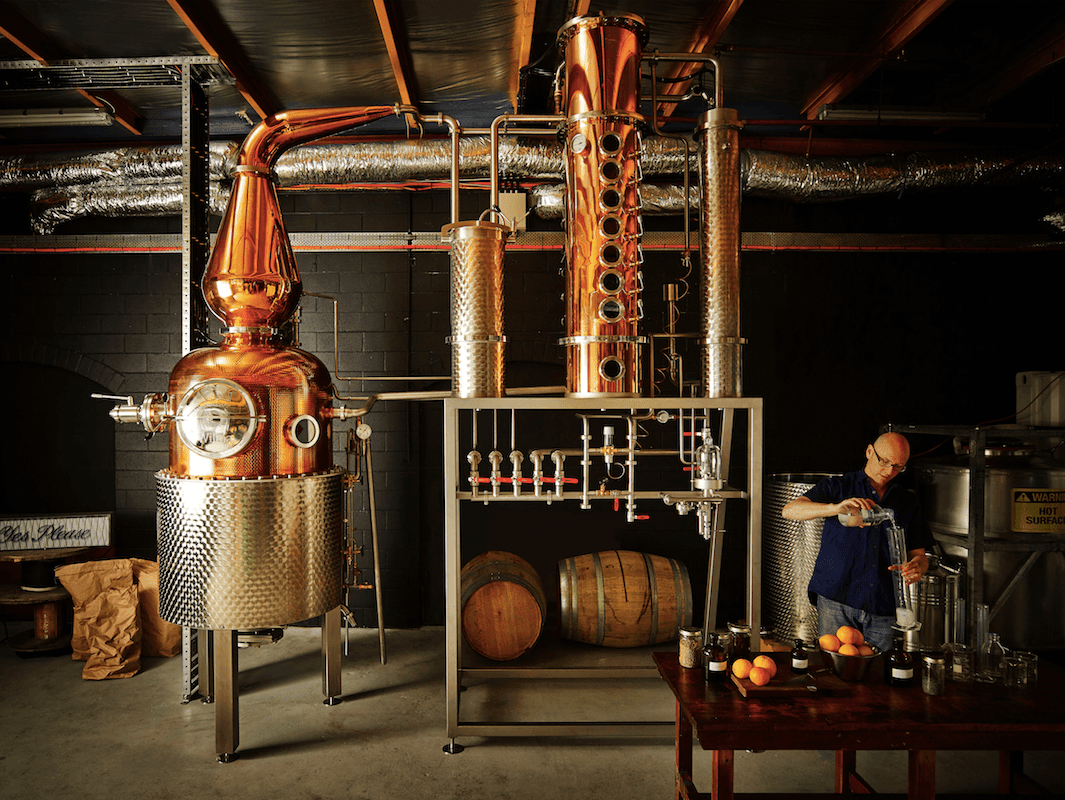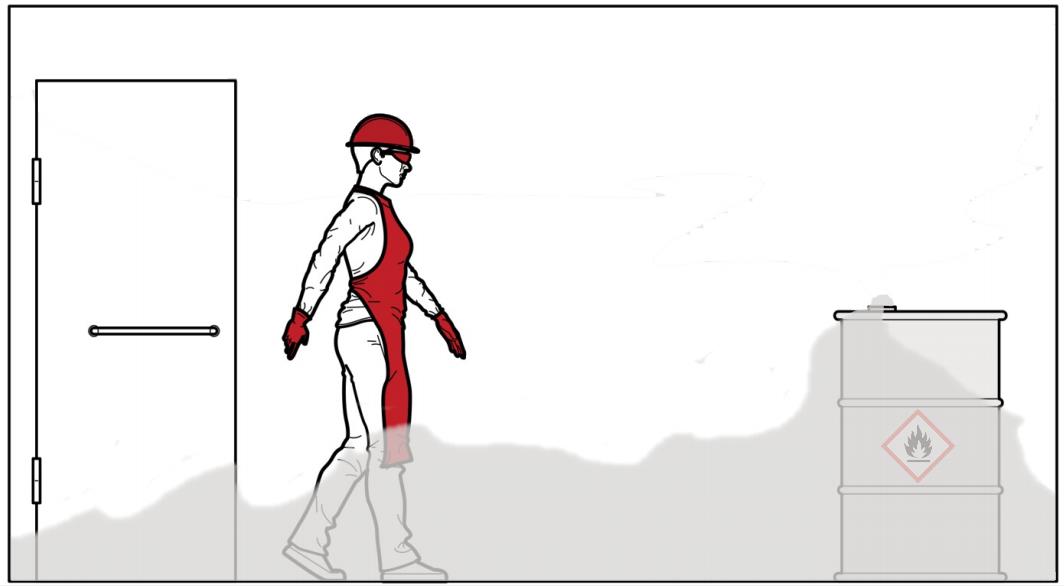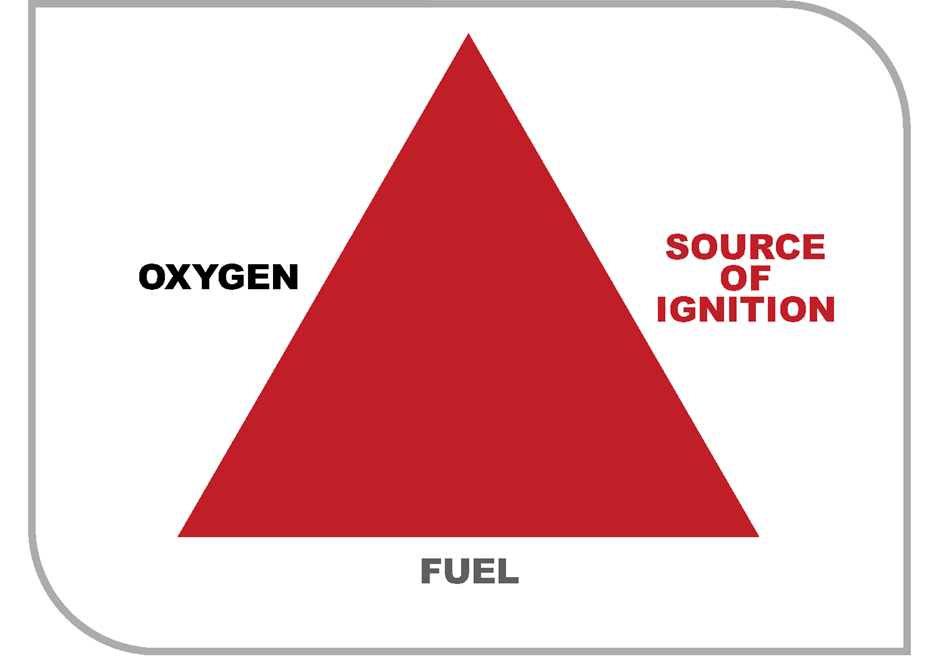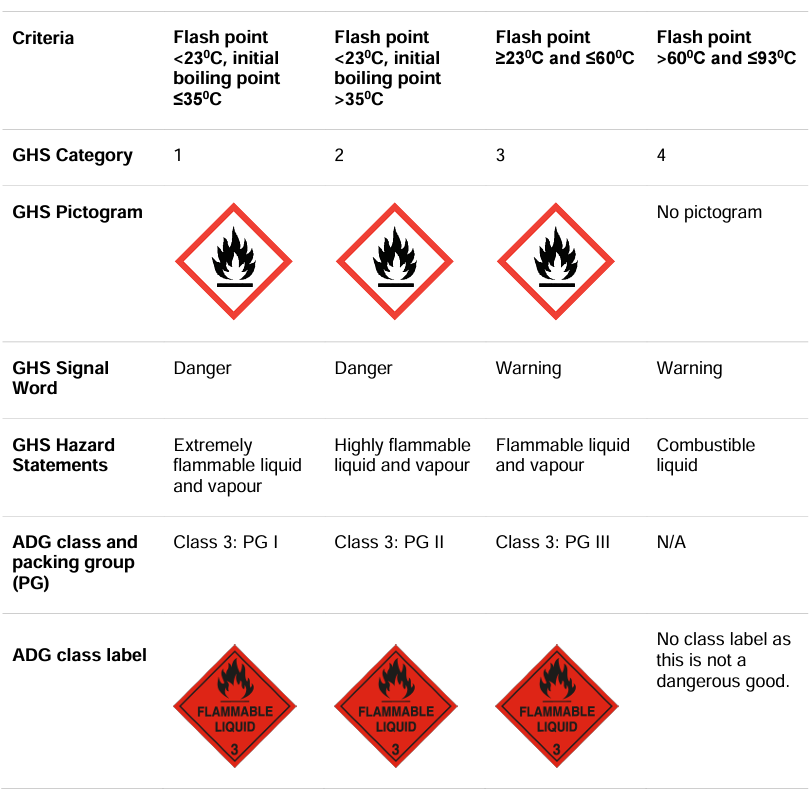Distilleries
A dramatic rise in locally produced spirits has seen the number of distillers in South Australia grow tenfold in the past decade. There are now more than 100 distillers making gin, whiskey, vodka and rum in SA. Distilleries produce and store highly flammable liquids including ethanol and can be dangerous work environments with risks associated with explosive atmospheres, confined spaces, pressure vessels, electrical safety, chemical and cylinder storage and pallet racking.
A man was seriously injured following an explosion at a Tasmanian distillery in 2021. The explosion and subsequent fire caused about $2 million damage and was sparked when the man was mixing flammable liquids in the gin distilling section of the facility.
Under the Work Health and Safety Act 2012 (SA), employers must provide and maintain a working environment that is safe and without risks to the health of employees and independent contractors.
The Dangerous Substances (General) Regulations 2017 also sets out legal duties for occupiers of premises where dangerous goods are stored or handled. See our chemicals and substances page for further information.

How to control risks
Eliminate or reduce the risk of fires and explosions through building design, equipment selection and safe operating procedures.
Storages exceeding 120 litres of any Flammable Class 3, PGII product (eg ethanol) require a licence to keep a dangerous substance.
To obtain a licence, the business must demonstrate an ability to comply with the requirements of the Australian Standard AS1940 The storage and handling of flammable liquids.

For the bulk storage and handling of potable spirits (flammable liquids) with more than 24 per cent but not more than 60 percent alcohol by volume, refer to Bulk of the Australian Standard AS 1940:2017 The Storage and Handling of Flammable and Combustible Liquid.
For the bulk storage and handling of potable spirits, (flammable liquids), with more than 70 per cent alcohol by volume and in quantities greater than 60,000 L, refer to the main body of the Australian Standard AS 1940:2017 The Storage and Handling of Flammable and Combustible Liquid, in particular, Section 5 related to storage in tanks.

Business owners should:
- ensure electrical equipment in the area where the potable spirits are produced, stored and handled is suitable for hazardous areas as described in AS/NZS 60079.10.1:2009 Explosives Atmospheres Classification of areas – Explosive Gas Atmospheres
- clearly identify and enforce hot work and smoking restriction zones, including zones restricting:
- mechanical grinding
- cutting
- other ignition sources
- ensure hot work on or near a tank that contains or did contain ethanol is avoided until the tank is cleaned free and certified to be less than 5 per cent of the lower explosive limit (LEL) of the vapour from potable spirits (ethanol has LEL 3.3% volume) when sampled at ambient temperature
- store flammable liquids in fit for purpose and numbered containers
- store incompatible chemicals, for example, Class 8 Corrosives, in different locations
- placard the store with Class 3 diamond if:
- the flammable liquids are 24 per cent to 70 per cent alcohol by volume and the quantities exceed 1000 litres
- the flammable liquids are more than 70 per cent alcohol by volume and the quantities exceed 250 litres
- clearly and correctly label containers and placard tanks
- maintain adequate natural cross flow ventilation in buildings that involve storage or processing of flammable liquids
- ensure the area around storage and processing is kept free of materials that burn
- remove flammable or toxic materials before work is carried out on an empty container
- ensure transferring of flammable liquids from storage to the point of use is carried out to avoid spillage by using fixed pipework and tank overfill prevention
- provide and maintain fire safety equipment as per Section11 of AS 1940:2017 The Storage and Handling of Flammable and Combustible Liquid. Equipment includes:
- alarm systems
- fire extinguishers
- hydrants
- hoses
- fire blankets
Slips and trips
Distilleries contain and use large amounts of various liquids in production and can produce slippery surfaces.
Commons slip and trip hazards often arise from:
- the type and stability of the floor or ground surfaces such as uneven or broken concrete and sloping ground
- slippery floor surfaces caused by water, fluid spillage and oil
- equipment, boxes and materials blocking walkways
- stairs or steps
- carrying things that obscure the view ahead
- poor lighting
- inadequate or improper footwear
- incorrect use of ladders
- falling or moving objects
- distraction.
Persons conducting a business or undertaking (PCBUs) have a duty of care to provide a safe workplace and systems of work, information, instruction and training. Additionally, they have to give workers an opportunity to consult about work health and safety, whilst being responsible for identifying hazards, assessing risks and managing the hazards also.
PCBUs and workers should refer to our Slips, trips and falls page for more information.
Other topics



